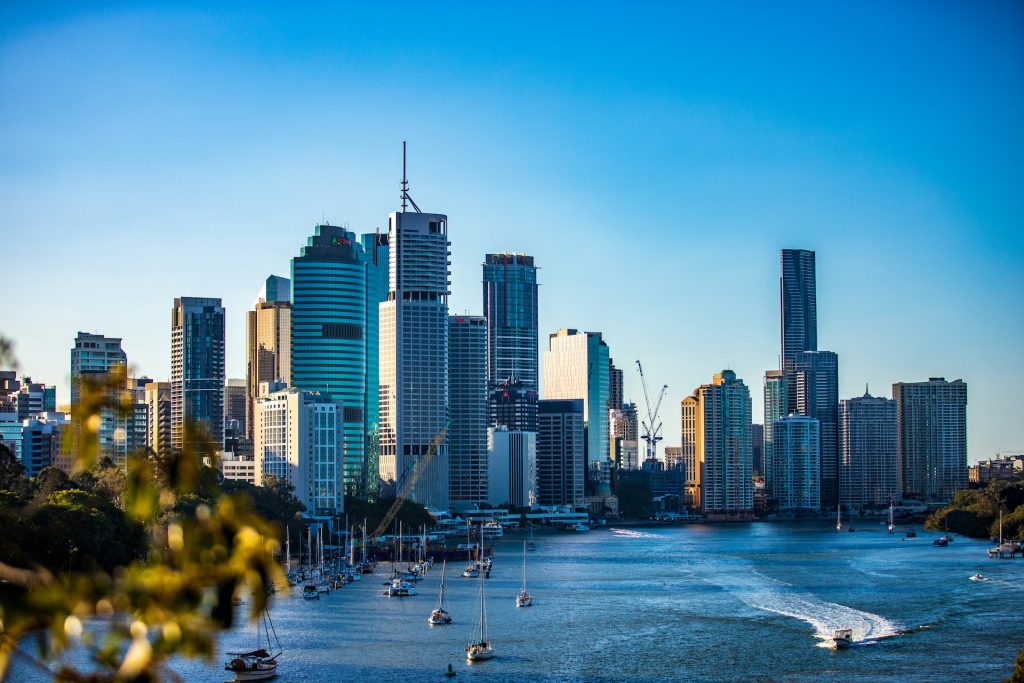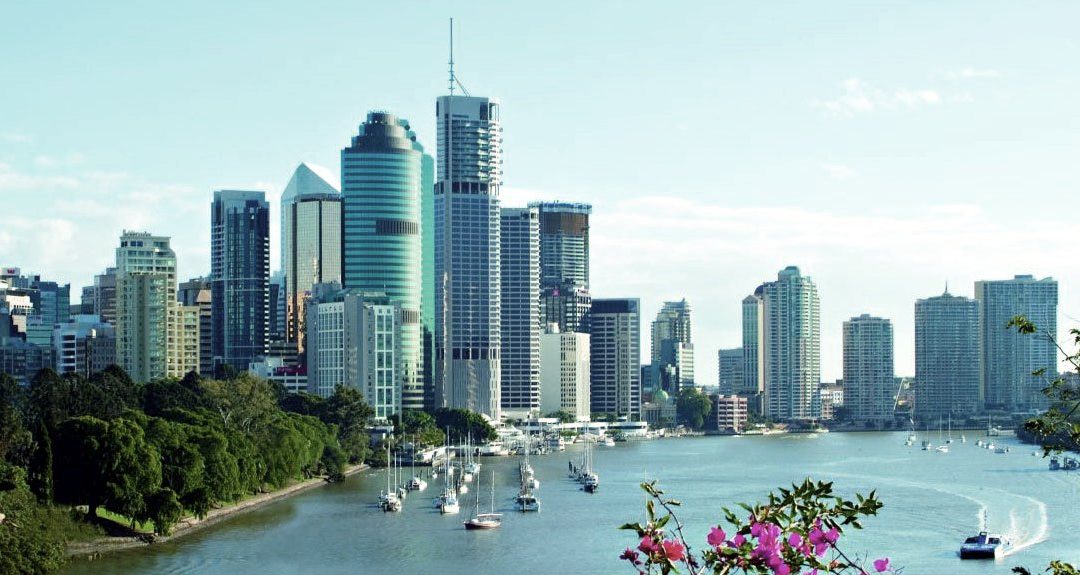Moving to Brisbane with Palmers Relocations
Brisbane is Queensland’s largest city and the third most populous in Australia, home to around 2.5 million people in 2025. With its warm climate, vibrant riverfront, and growing infrastructure, Brisbane has become a magnet for both families and professionals looking for a mix of lifestyle and opportunity.
Whether you’re moving for work, study, or a change of scenery, Brisbane offers a unique balance of city life and natural beauty, with the Brisbane River weaving through the heart of the city.
Brisbane as a Moving Destination
Unlike Sydney or Melbourne, Brisbane doesn’t have a strict north-south divide. Instead, locals talk about east versus west, with subtle differences in lifestyle, housing, and amenities.
-
Eastern Suburbs: Areas like Bulimba, Carindale, and Camp Hill are close to cultural hubs, shopping precincts, and well-established infrastructure. Perfect if you want convenience and a more urban vibe.
-
Western Suburbs: Indooroopilly, Kenmore, and Mount Ommaney offer larger homes, more green space, and often better affordability—ideal for families.
-
Northern Suburbs: Chermside and Aspley provide quieter living while remaining well-connected to the city.
-
Southern Suburbs: South Bank, Sunnybank, and Carindale combine cultural attractions, restaurants, and leisure options, offering a lively lifestyle close to the river.
When choosing where to live, think about your priorities—commute, schools, lifestyle, and community—so you find a suburb that feels like home.

Moving to Brisbane
Climate
Brisbane enjoys a subtropical climate, which means hot, humid summers and mild, dry winters. Summers often reach 30–35°C, with occasional spikes up to 40°C on extreme days. Winters are mild, averaging 15–25°C, making it ideal for outdoor activities year-round.
Rain is more common in summer, often in the form of short, heavy downpours. Winter, by contrast, is dry and pleasant. This climate makes Brisbane attractive for those who enjoy sunny days, riverside walks, and year-round outdoor leisure.
Cost of Living
Brisbane is generally more affordable than Sydney and Melbourne, especially when it comes to housing. Rent and property prices are around 20–30% lower than Sydney, and consumer goods are slightly cheaper as well.
That said, Brisbane’s popularity has been driving growth in certain areas, so prices can vary depending on suburb and proximity to the city. Careful planning and budgeting will ensure a smooth transition to your new home.
Transport
Brisbane’s transport network is a mix of public and private options:
-
Driving: Most residents commute by car, especially from the suburbs. Peak-hour traffic can get busy, particularly around the Gateway Motorway and Inner City Bypass.
-
Trains: Brisbane has a growing train network connecting major suburbs to the CBD and beyond.
-
Buses and Ferries: Extensive bus services cover the city, and CityCat ferries provide a scenic way to travel along the river.
-
Trams: While trams aren’t part of Brisbane’s current network, dedicated busways make suburban commutes faster than many other cities.
Understanding your daily commute and public transport options will help you pick the best suburb for your lifestyle.
Infrastructure
Brisbane’s infrastructure supports both a modern city lifestyle and a high standard of living:
-
Healthcare: The city has 8 major public hospitals and 4 private hospitals. Specialized facilities and aged-care services continue to expand in response to population growth.
-
Education: Brisbane offers a wide range of schools and universities, including Griffith University, QUT, and the University of Queensland.
-
Public Amenities: Parks, galleries, museums, and sports stadiums are plentiful, supporting both cultural life and active lifestyles.
This infrastructure ensures residents have access to everything from healthcare and education to leisure and culture.
Culture
Brisbane has a thriving cultural scene, balancing its laid-back subtropical lifestyle with arts and entertainment.
-
Arts: The Queensland Gallery of Modern Art (QAGOMA) and Queensland Performing Arts Centre host exhibitions, performances, and events year-round.
-
Sport: Rugby, cricket, soccer, and AFL are major pastimes, and the city regularly hosts national and international events.
-
Local Scene: Neighbourhoods like Fortitude Valley, West End, and South Bank offer cafés, bars, and markets that showcase Brisbane’s creative side.
Brisbane is also home to vibrant festivals, live music, and a growing food and coffee culture, making it ideal for both families and young professionals.
Tips for Moving to Brisbane
-
Prepare for the heat: Summers can get hot and humid—invest in air conditioning, sun protection, and stay hydrated.
-
Use public transport wisely: Grab a go card for buses, trains, and ferries—it’s the easiest way to get around.
-
Explore local culture: Take advantage of Brisbane’s parks, river walks, and cultural events to feel at home.
-
Plan your budget: Housing and lifestyle costs are reasonable, but smart budgeting will help your transition go smoothly.
Why Choose Palmers Relocations?
Moving can be stressful, but Palmers Relocations has decades of experience helping families and professionals relocate within Australia. From careful planning to secure transport of your belongings, our team ensures your move to Brisbane is seamless and stress-free.
We provide:
-
Door-to-door moving services
-
Packing and unpacking support
-
Secure transport of your goods
-
Optional storage solutions
With Palmers, your move is handled by experts, so you can focus on settling into your new Brisbane lifestyle.

